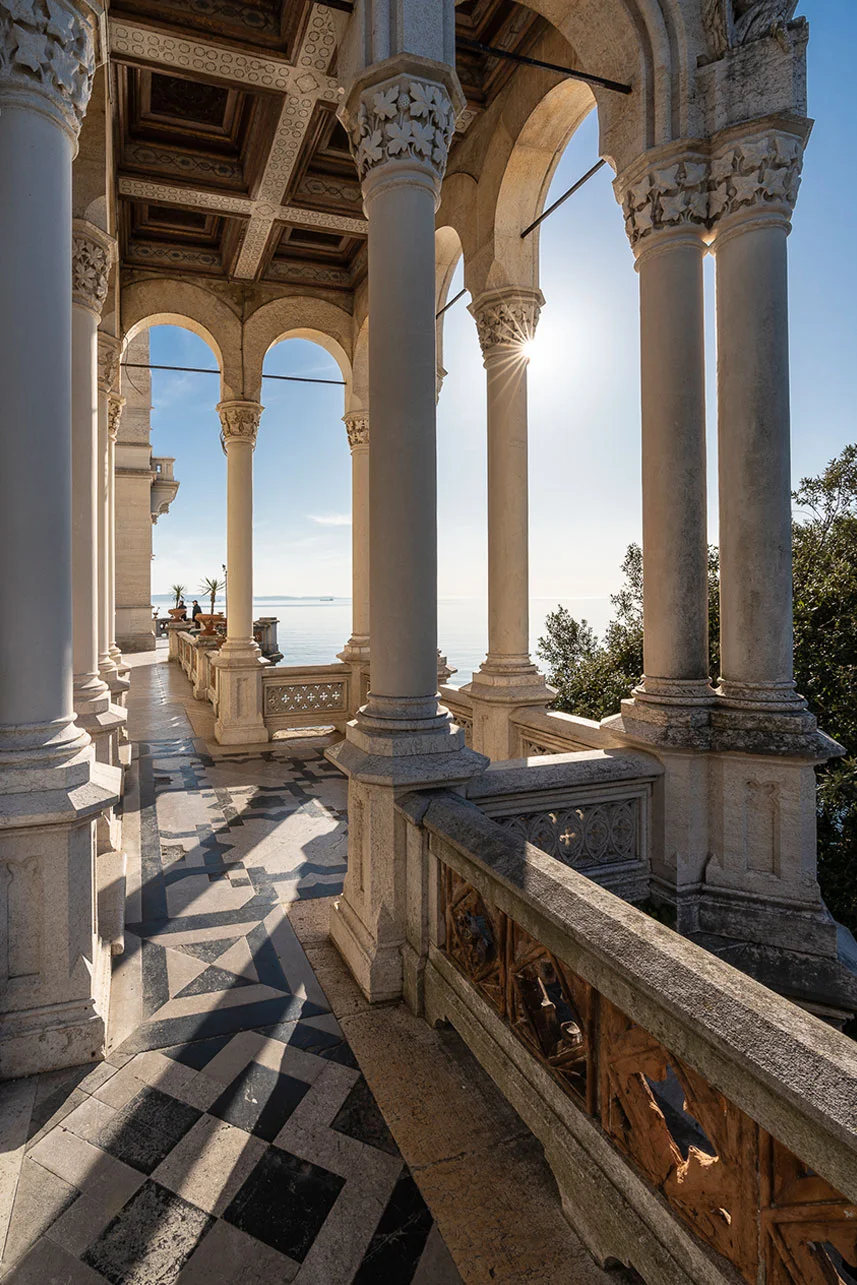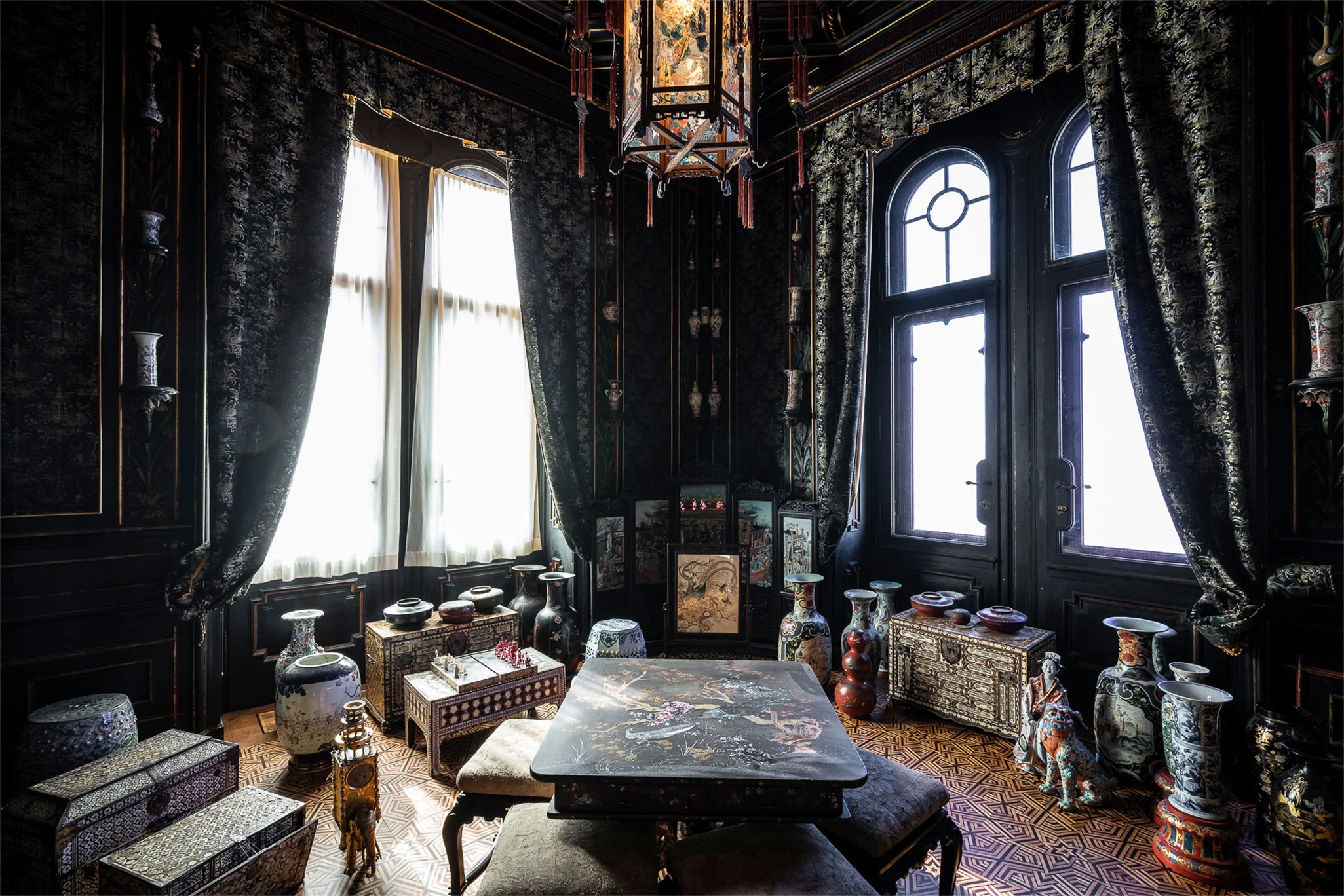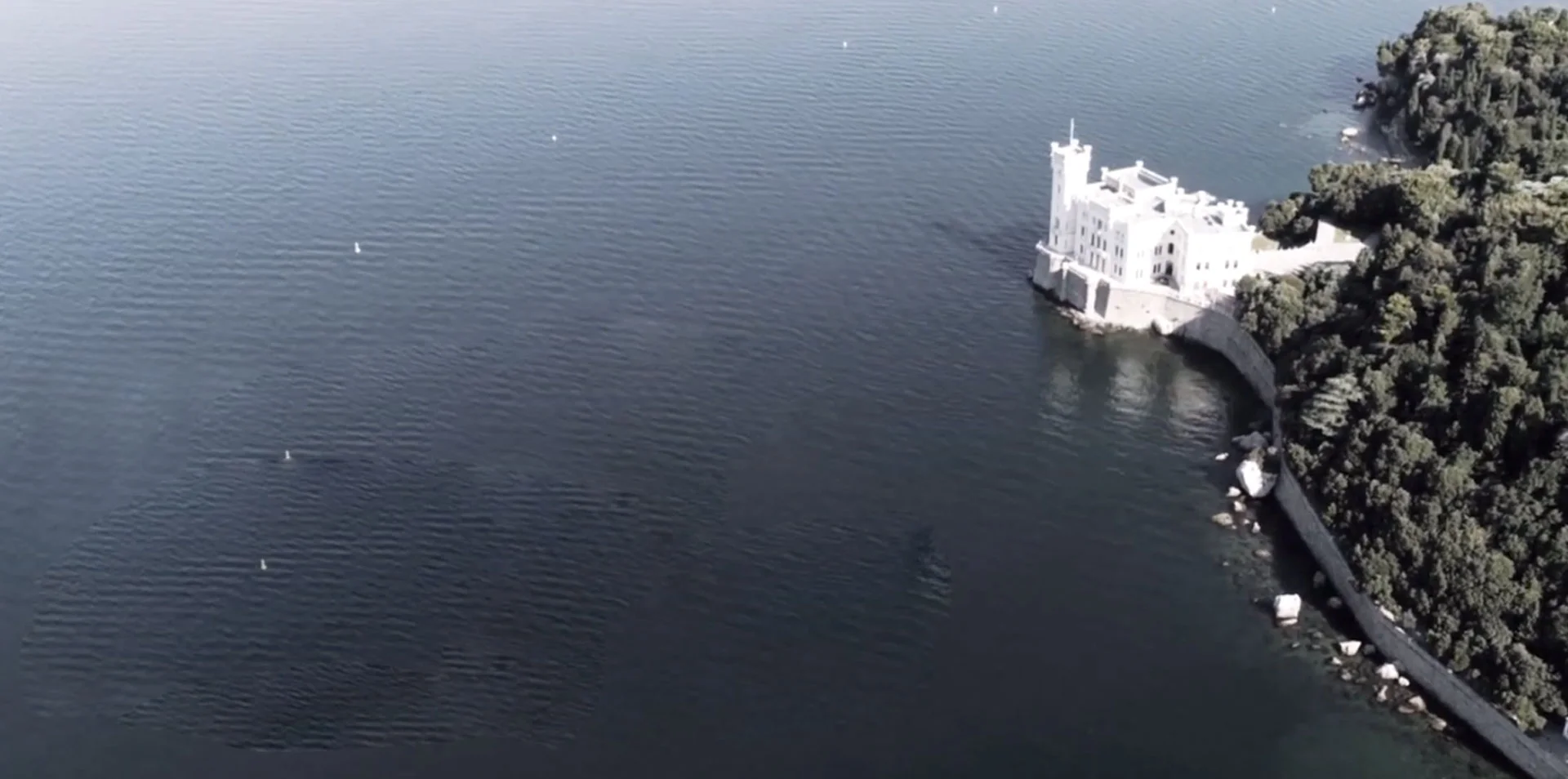The vase is shaped like a gourd, narrowed in the middle to create a larger sphere at the base, on which a smaller sphere is superimposed. The gourd was used in Chinese tradition as a container for liquids.
The body of the vase is coated with red lacquer in relief on a dark green background. A number of circular medallions, framed by the typical Chinese motif of the so-called ruyi sceptre and inscribed with the two characters meaning “great fortune,” decorate the surface.
Interweaved leaves and peony flowers decorate the entire vase alternating with the eight Buddhist emblems of the flaming wheel, the shell, the canopy, the ceremonial umbrella, the lotus flower, the vase, the pair of fish, and the endless knot. They are symbols considered auspicious and evocative of moments in the Buddha’s life and teachings.
The lacquer technique is one of the most successful expressions of Chinese artistic production. Lacquer, extracted from a tree typical of the hot, humid areas of East Asia and processed through a lengthy process, lends refined elegance to the objects to which it is applied.

Location: Room XVI – Chinese Sitting Room





Recent Comments